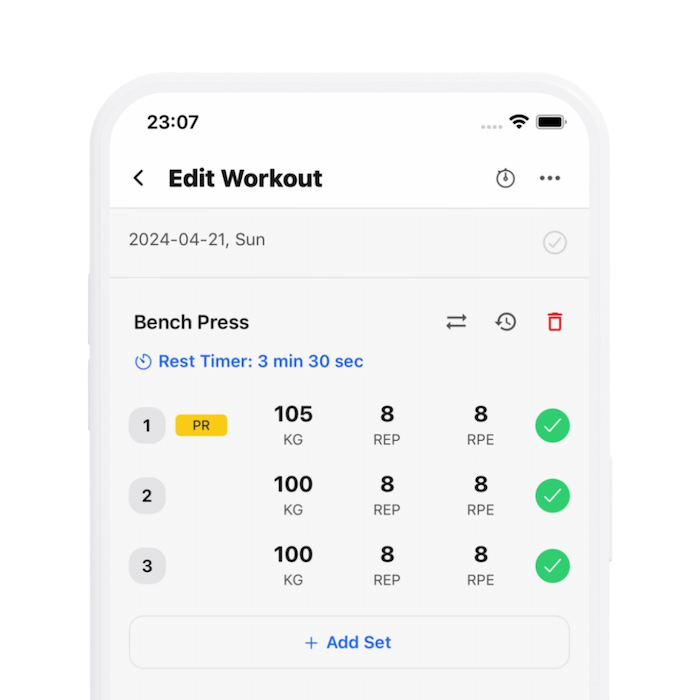30 Seconds SummaryStrong Starts in the Mind: The Benefits of Active Imagery for Lifters
- Active mental imagery enhances powerlifting and weightlifting performance by tapping into the skill and muscle activation needed for these sports.
- To maximize effectiveness, active imagery practice should mimic actual performance conditions, ideally done between sets during training sessions.
- Active imagery aids performance without affecting recovery, making it a worthwhile, low-cost investment of time with no negative impacts.
- The PETTLEP model, emphasizing factors like physical condition and environmental setting during imagery, has proven effective in improving performance.
- Research shows active imagery can boost actual muscular force and motor skill learning, particularly when conditions mirror competitive scenarios.
- Incorporating active imagery in training can be particularly useful during injury or rest periods to maintain muscle function and strength.
- While active imagery significantly aids skill performance and technique refinement, it should complement—not replace—physical practice.
- Suggestions for effective active imagery include practicing it en route to the gym or during warm-up sessions, focusing on detailed, task-specific scenarios.
Stronger By Science
Luke Mitchell
